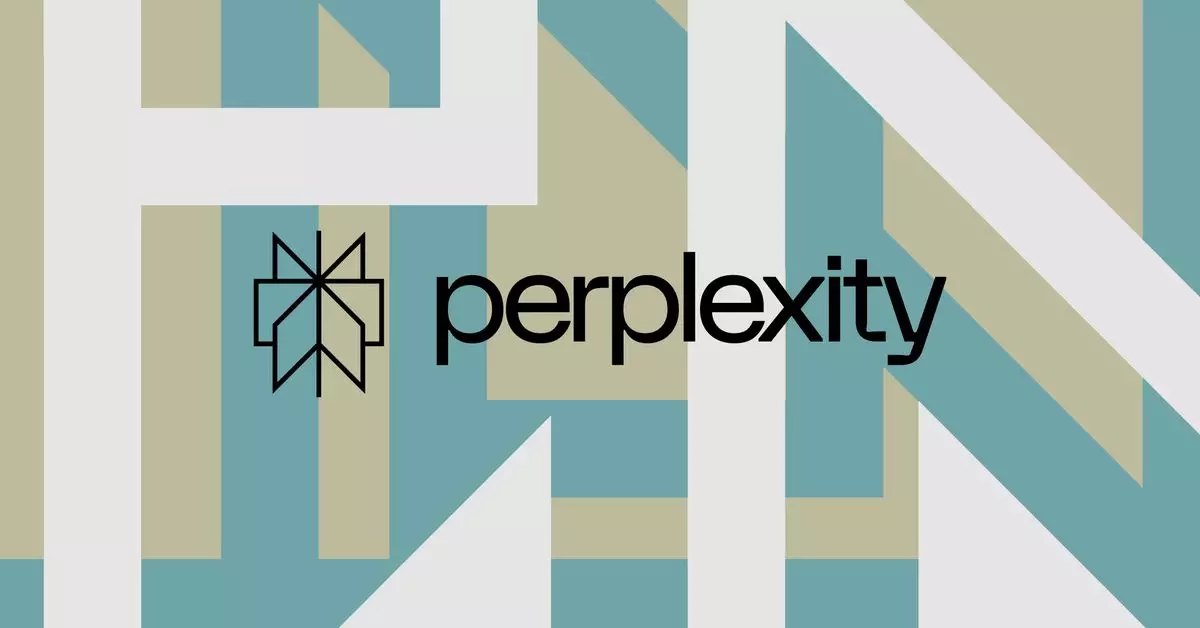In the rapidly evolving landscape of artificial intelligence (AI) and technology, the clash between innovation and intellectual property rights is becoming increasingly pronounced. This tension was brought to the forefront by a recent dispute between news conglomerate News Corp and the AI startup Perplexity. This conflict encapsulates a growing concern about the balance between the free flow of information and the legal protections afforded to original creators.
Perplexity, known for its AI search engine capabilities, has recently faced legal challenges from News Corp, the parent company of various notable media outlets, including the New York Post and Dow Jones. The company alleges that Perplexity has engaged in unauthorized scraping of content, effectively replicating its articles and data without permission. This accusation taps into broader fears that AI technologies, while pioneering, could threaten traditional media and erode the foundations of intellectual property rights.
The heart of News Corp’s lawsuit hinges on the claim that Perplexity’s platform “copies on a massive scale.” The language in this allegation suggests a concern not just for financial compensation, but for the very essence of creative ownership. This is a significant point of contention in the conversation about AI’s role in content dissemination—what happens when machines start ‘borrowing’ from the vast reservoir of human-created content?
In response to the allegations, Perplexity has taken a bold stance, arguing that large media organizations like News Corp are attempting to monopolize information that should be publicly accessible. They assert that public facts should not be owned by anyone, and the legal battles are reflective of a more profound misunderstanding between the tech industry and traditional media. Perplexity’s perspective highlights a fundamental question: Can AI utilities transform and represent publicly available information in innovative ways without infringing on copyright protections?
Furthermore, Perplexity expressed that its position is not merely about survival but about redefining the relationship between tech companies and media outlets. They cite collaborations with respected publications such as Time and Der Spiegel, presenting a revenue-sharing initiative as evidence of their commitment to equitable partnerships rather than conflict. This initiative indicates a desire to reposition themselves as allies to traditional media, rather than competitors.
This dispute is not isolated; it showcases a broader trend in which AI companies are often seen as adversaries of traditional media. Many traditional news organizations view AI technologies as predatory, relying on the vast database of previously produced content to generate new outputs, potentially undermining the economic viability of journalism. Critics warn that, without stringent regulations, an AI-driven future could lead to what has been termed a “content kleptocracy,” where the value generated from creative works is appropriated by technology firms with little regard for the original creators.
In contrast, proponents of AI point to the enhancements in accessibility to news and information that these technologies provide. They argue that AI can serve as a valuable tool for discovery, perhaps offering new models for distribution and monetization that could benefit both creators and consumers. The underlying question remains: how can we structure a legal and ethical framework that fosters creativity and innovation while also respecting and compensating creators adequately?
As the legal battle unfolds, both industries must seek a way to coexist that recognizes the merits and challenges each brings to the table. If innovations such as AI are to thrive, there must be a concerted effort to develop new frameworks for intellectual property that are fit for purpose in the digital age—a world where information is both a commodity and a lifeline.
Ultimately, the goal should not be to vilify AI companies but to encourage them to innovate responsibly, while offering traditional media the resources and safeguards needed to continue fulfilling their essential role in society. The outcome of this legal dispute between Perplexity and News Corp could have significant implications for the future of both the tech and media landscapes, potentially serving as a case study in how we navigate this complex new frontier.

